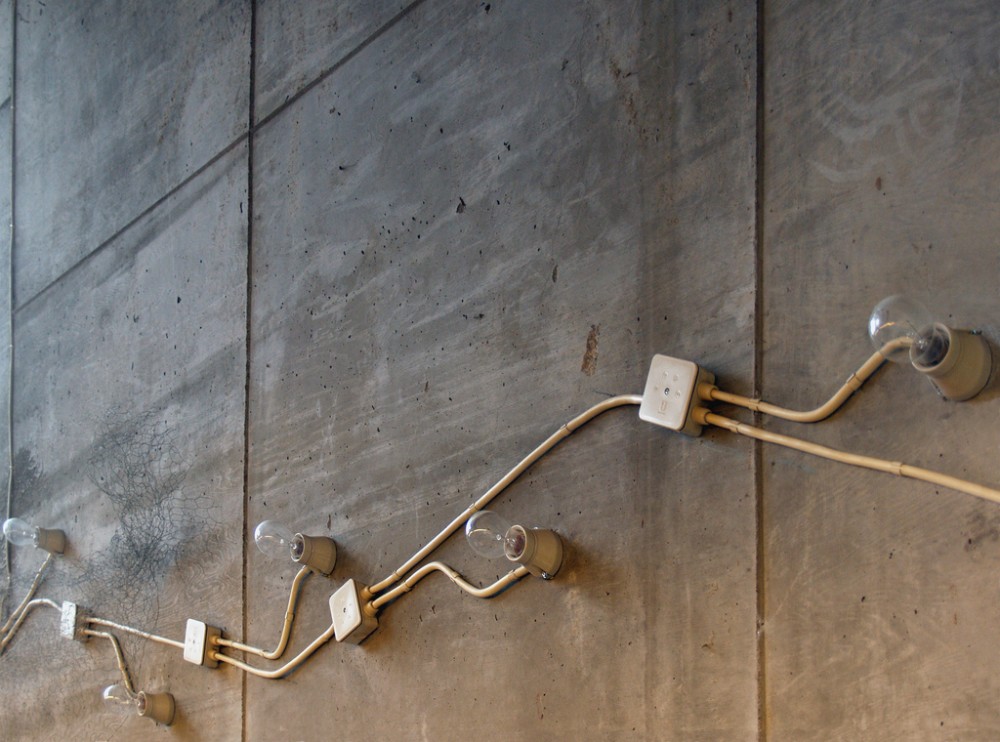
Flower shop, Malmö, Sweden.
Photo by SEIER+SEIER.
Twenty-first century brutalism
Brutalist architecture is having a bit of a moment in the public consciousness. A surprisingly favourable one. I've long heard buildings like UW's Math & Computer building or U of T's Robarts Library described as oppressive, faceless, and institutional. I've always associated the style with a big brother-esque presence in the urban streetscape. They were built to stand as monoliths, and people have always harboured a desire to see them torn down. Right?
A few years ago I started hearing whispers about the heritage value of brutalist buildings. Heritage? Really? I thought they were universally reviled. Who would ever want to keep these hulking concrete blocks around and make it difficult for them to be replaced with something sleek and modern? (Heh, modern -- now there's an interesting word for this discussion.)
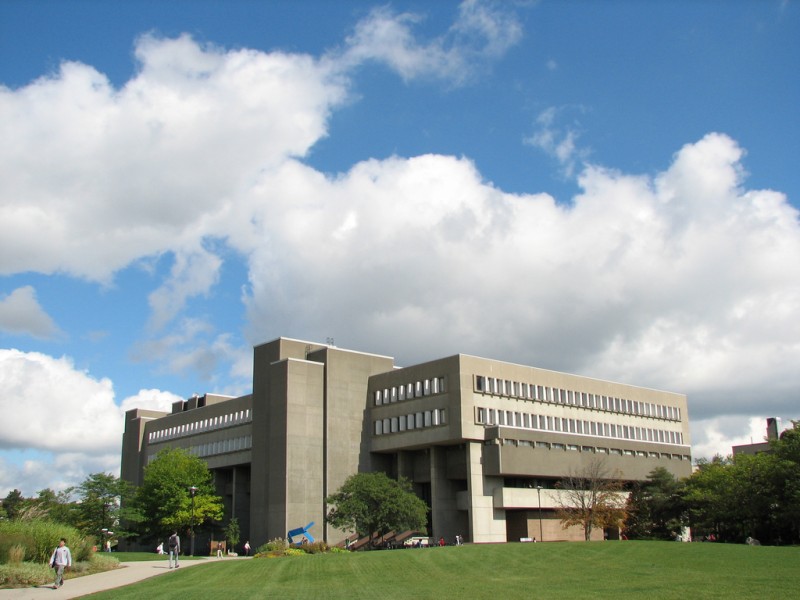
Public opinion is varied and changeable -- over time, we may grow to appreciate a style of architecture for the cultural importance it carries, or simply because it's become part of our urban fabric. But I'm still surprised at the number of brutalism apologists I've come across lately. There's a weird semi-ironic nostalgia for brutalism that is becoming less ironic and more compelling the longer I think about it.
On Twitter, This Brutal House posts a steady stream of austere art and concrete architecture to 15,000 followers (including myself). Shawn Micallef, who I admire for his writing on urbanism, tweets things like "Windows are tyranny," and I can't tell if he's half-joking or not.
I got into a surprisingly long Twitter conversation when I casually retweeted a photo of a brutalist housing project near a town that my Dad and I had visited on our last trip to England:
We missed seeing this, @davidrnabi: MT @BrutalHouse: Southgate Estate, Runcorn New Town - James Stirling pic.twitter.com/MtgDQqB6fx
— Sam Nabi (@samnabi) March 1, 2015Several of my followers, most of whom I don't interact with on a regular basis, came out of the woodwork to retweet, favourite, and post their own photos of brutalist buildings. I was taken by surprise at this groundswell of -- what? Appreciation? Love? Nostalgia? -- for the brutalist era.
So why, I wonder, does brutalism seems to ignite these passions nowadays? Is it just another throwback aesthetic whose time has come? Or is there something more meaningful behind it all? I have a few ideas about what brutalism means to us in 2015.
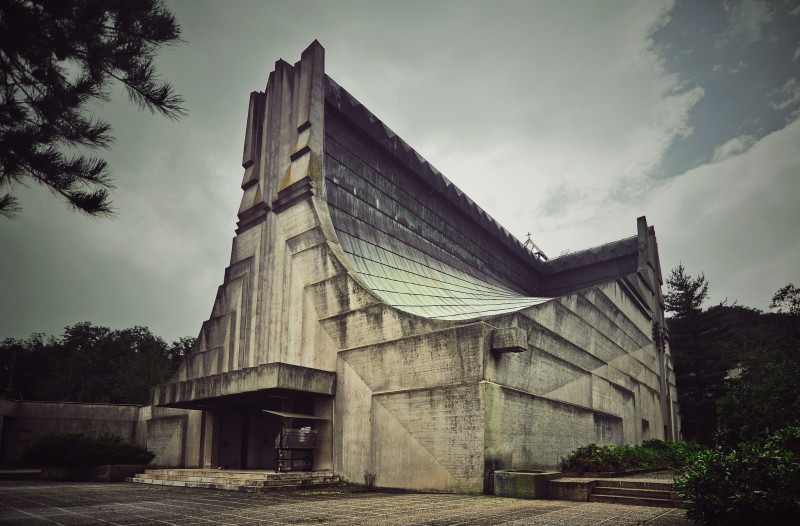
Faux nostalgia
One explanation of brutalism's newfound popularity is the lazy argument that everything old is new again. But I'll include it here because it's partially true. There's a nostalgic aesthetic around brutalist buildings that stirs up the same feelings as when I see an old typewriter in a thrift store and think, 'I want that.'
Old Stuff, especially Old Stuff made with strong, heavy materials, has a certain attractiveness that also imparts a sense of reliability and stability. That aesthetic flies in the face of planned obsolescence and our magpie-like obsession with the 6-month tech cycle. And it's actually quite refreshing.
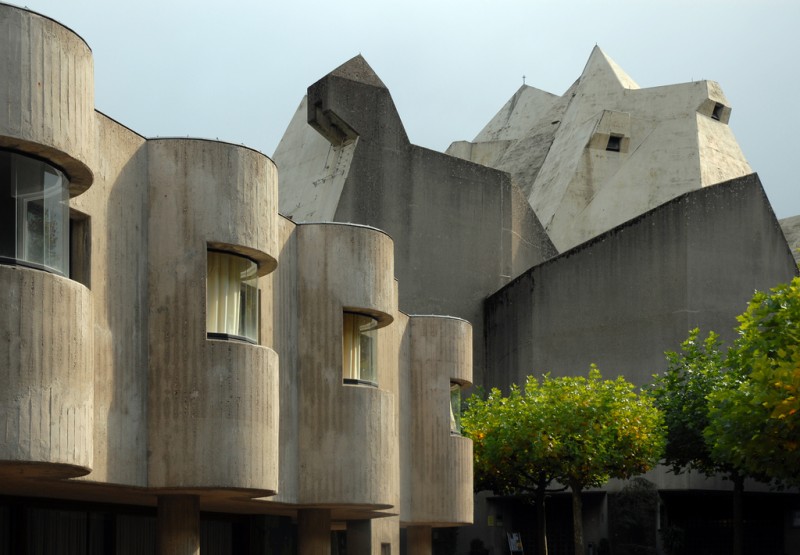
Minimalism and flat design
On the other side of the coin, brutalism has much in common with our sleek, smooth, buttonless devices. Solid colours, flat surfaces, and simple shapes are the graphic design standards of the moment. With the release of iOS 8, Apple really brought flat design into the mainstream and by now, I would say it has been normalised into our culture. So as our digital aesthetic has become more simplified and less flashy, maybe the flat walls and simple geometric shapes of brutalist buildings don't seem so out of place.
Glass and steel overload
Urban apartment and office towers these days are covered in steel-and-glass curtain wall. It's smooth, sleek, and ultramodern. Unlike the brutalist era, where windows are tiny cubbyholes in a hulking wall, today's skyscrapers forego the wall entirely for the appearance of one long, continuous mirrorlike cocoon.
In places like Toronto (especially along the waterfront), all this glass is just too much. It's cold and corporate. By comparison, the concrete of brutalism almost feels warm and cosy. The heft and stability of concrete now seems comforting when surrounded by these twisting shards of glass and metal.
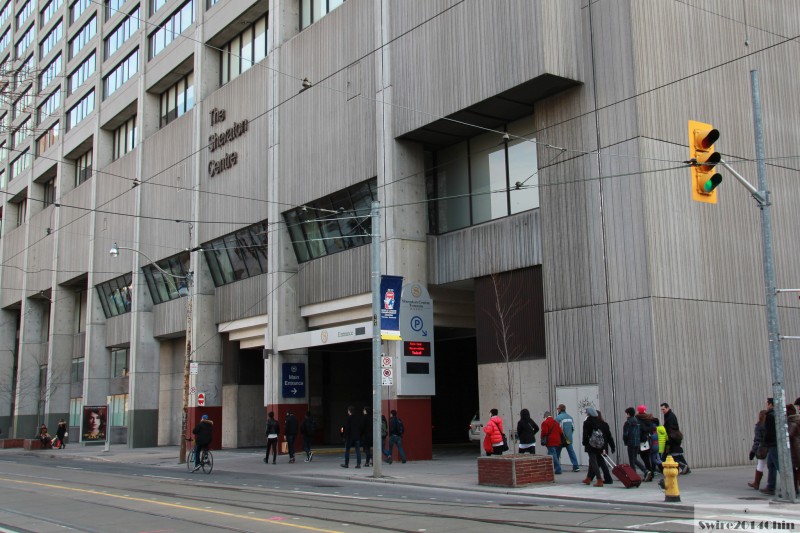
A glimpse into the future of the past
Finally, perhaps we are warming to brutalism because it harks back to a space-race era of unbridled optimism about the future. Humanity had reached the moon! Expo 67! Monorails! Canada's centennial came and went, and things were looking up.
Brutalism embodied a kind of futurism that put faith in logic and ingenuity, and those platonic ideals are expressed in the clean lines and authoritative presence of brutalist buildings. They didn't need any architectural frills -- their engineering stands on its own merit, unencumbered by ornate details.
I feel like today's vision of the future is more fraught with cynicism and ambiguity. It's more incremental, less ambitious, less clear. In that sense, 1960s and 1970s futurism -- and by extension, brutalist architecture -- is comforting. Plus, the brutalist age is not so old that it becomes laughable or kitschy, like the steampunk futurism of the Victorian era.
* * *
I definitely think we've arrived at a new appreciation for brutalism. It deserves respect, and it deserves to be thoughtfully conserved as our cities grow and change. If you're an astute policy wonk, you might notice my careful use of the word conserve. In the lexicon of Ontario heritage policy, conservation means anything from protecting the entire building, to respectfully integrating it in redevelopment, to simply documenting heritage features for the archives.
I don't think we need to keep every concrete monstrosity that was built in our cities. But I do think they have really great bones, that they have evolved as physical and cultural landmarks, and that they could be retrofitted to be more pedestrian-friendly and inviting at the ground level.
I would love to see a "walkable brutalism" movement among urban designers and planners, in much the same vein as our strategies for sprawl repair and reintroducing street grids. It's all about fixing mistakes that were committed over the last century, and oddly enough it's quite an incremental vision for the future of such an ambitious architectural style. Brutalist buildings may be a far cry from good urban design, but I believe they can be tweaked and reformed rather than demolished and replaced with yet another glass-and-steel tower.
Sam Nabi